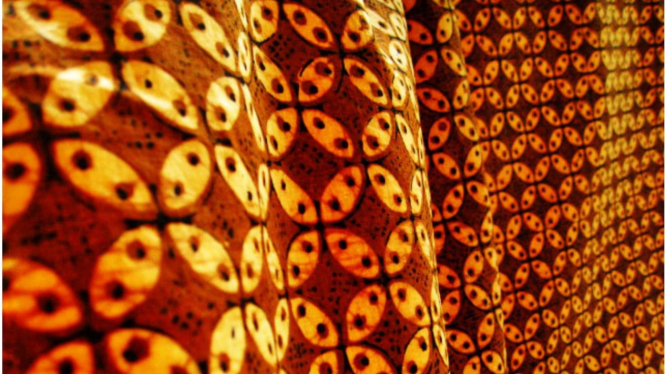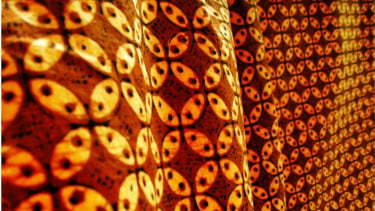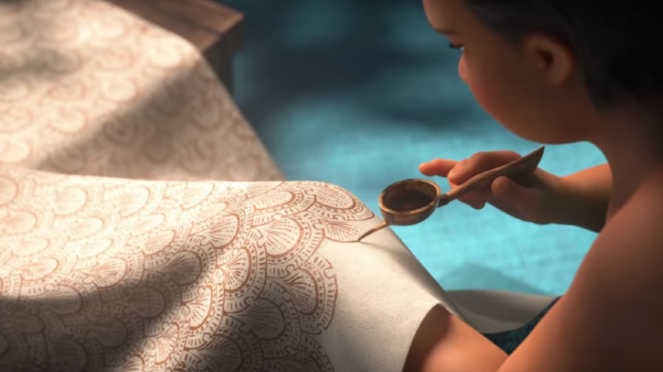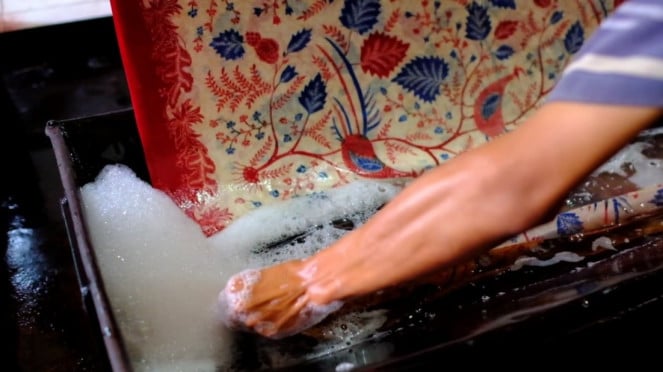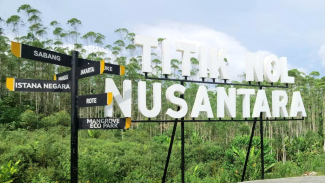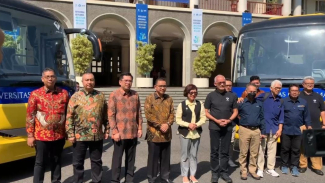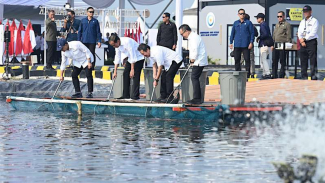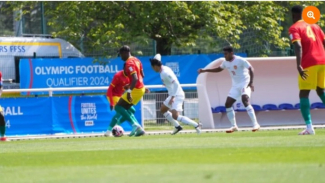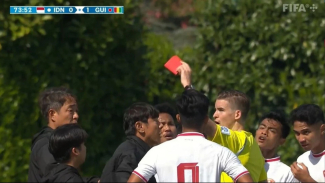- flickr
VIVA – Batik is one of Indonesian culture. Every October 2 is the commemoration of National Batik Day. It started with UNESCO's decision to designate batik as an Intangible Cultural Heritage of Humanity on October 2, 2009.
At first, Indonesia proposed batik as an Intangible Cultural Heritage of Humanity on September 4, 2008. However, UNESCO only gave a response during the administration of President Susilo Bambang Yudhoyono on January 9, 2009.
Then, UNESCO established batik as an Intangible Cultural Heritage of Humanity on October 2, 2009, during the fourth session of UNESCO in Abu Dhabi, United Arab Emirates.
As quoted from the Ministry of Law and Human Rights website, President Soeharto first introduced batik to the world when he attended a UN conference. President Soeharto also often wore batik in international meetings.
2 Oktober, Masyarakat Indonesia Peringati Hari Batik Nasional
- ANTARA FOTO/Saiful Bahri
In addition, President Soeharto gave batik cloth to state guests who visited Indonesia as souvenirs. After batik officially became an Intangible Cultural Heritage of Humanity from Indonesia, the Government of Indonesia welcomed it happily.
Then, the government issued Presidential Decree No. 33 of 2009 to establish National Batik Day. In addition, the commemoration of National Batik Day also purpose to provide public be proud to wear batik for Indonesian culture.
History of Batik
Batik is a technique of drawing motifs on cloth using canting and wax. The word 'Batik' comes from the Javanese 'amba' (to write or local people known as Tulis) and 'dot' (titik).
Batik in Indonesia has existed since the time of the Majapahit Kingdom. From several stone statues from the Majapahit Kingdom era, there were batik motifs. It was said that the Harihara statue, reflects the founders of Majapahit, Raden Wijaya, who wore Kawung batik.
Batik di film Disney, Raya and the Last Dragon.
- Walt Disney Pictures
Batik heritage from the Majapahit Kingdom can also be found in the Mojokerto and Bonorowo (now Tulungagung) areas. In the past, the tradition of batik only existed in the royal area because the batik cloth itself was only worn by the nobility. Thus, batik in ancient times was synonymous with nobility with an exclusive style of dress.
At that time, batik was only used by kings and royal dignitaries. Over time, the batik tradition began to spread outside the kingdom. Many commoners imitate batik motifs and make batik activities work, especially for women.
Batik Technique
Pengrajin Nona Rara Batik
- Dokumentasi Nona Rara Batik
While the batik technique has been around since last year. The batik technique is thought to have originated in Ancient Egypt or Sumer. Later, the batik technique spread to several countries, including Indonesia, China, Africa, and Ukraine.
However, there is no literature from ancient times that can prove the first emergence of batik techniques in the world. UNESCO recognizes the uniqueness of Indonesian batik, especially from the process which is traditionally done on cotton and silk using the resist technique.
The batik maker then covers the area of ??the fabric with a dye-resistant substance to prevent color absorption. The uncovered area is capable of absorbing deep colors. So, the fabric is durable and does not fade easily. Other batik methods that can be applied are learning methods, screen printing processes, and hand painting methods.

